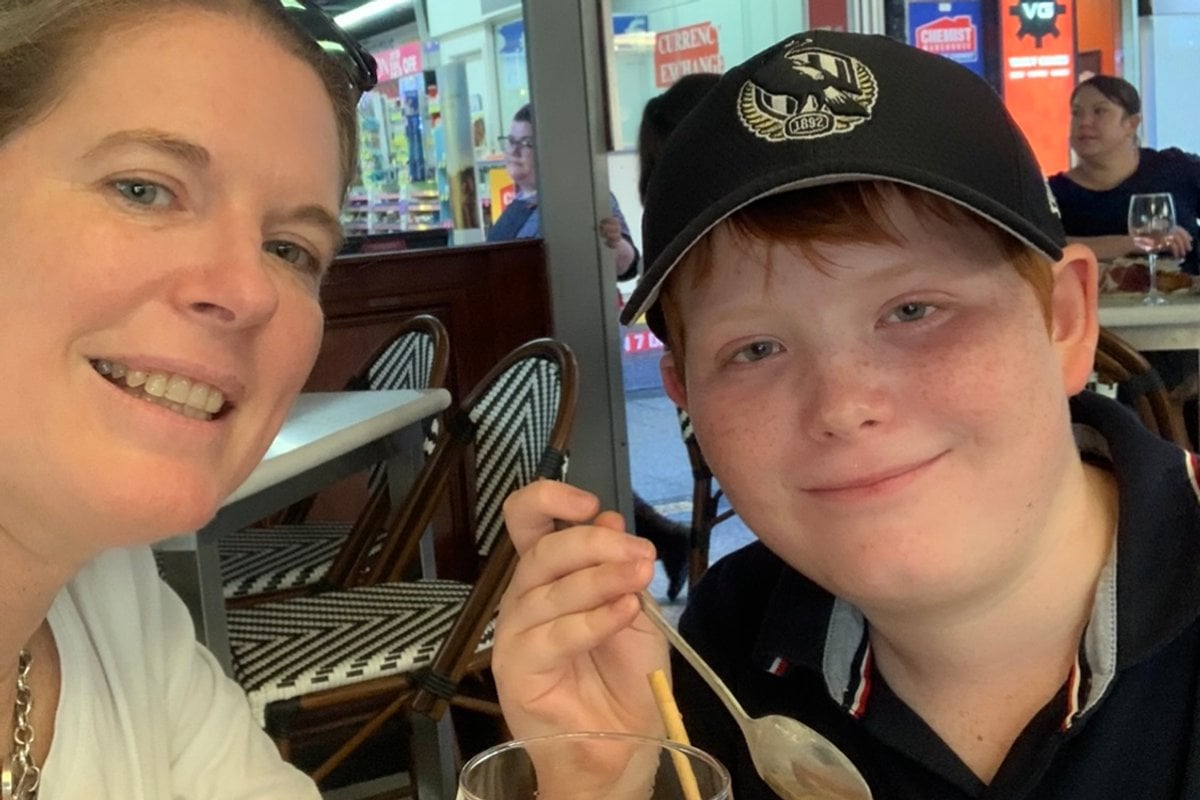
Getting a hysterectomy at 41 wasn’t in my life plan. So how did I get here?
I’d always had heavy periods and bad period pain for as long as I could remember. But during my 20s and some of my 30s, they were kept under control by being on the pill.
When I was about 34, I had to stop oral contraceptives due to a series of severe migraine episodes and that’s when the heavy periods really started to cause problems.
Watch: Things people who don't want kids always hear. Post continues below.
For a couple of years, I simply put up with it – maybe it was normal? For at least three days of my period, the blood loss was extreme.
I had to change tampons at least every two hours, I also had to wear pads and black pants to feel 'safe' from any accidents, and it was estimated I was losing up to 500ml of blood.
On top of this, I was constantly popping painkillers to deal with the severe cramping and lower back pain.
By age 38, after unsuccessfully trying to fall pregnant for about two years, having fallen easily pregnant with my first child, we started to look into fertility options. I started having regular scans and found out I had a large fibroid in my uterus, measuring around 8cm.




























































































